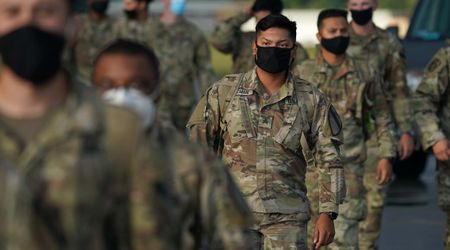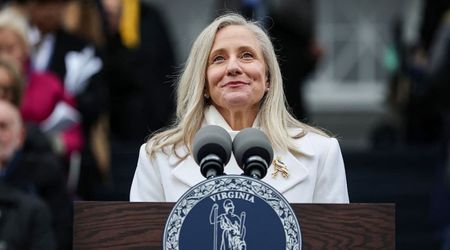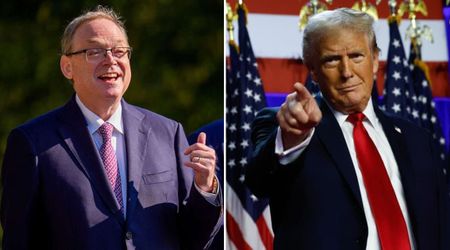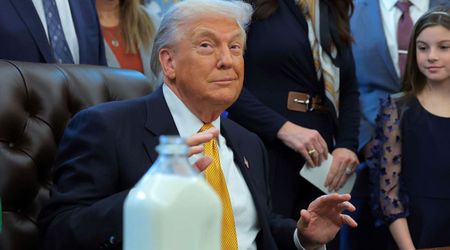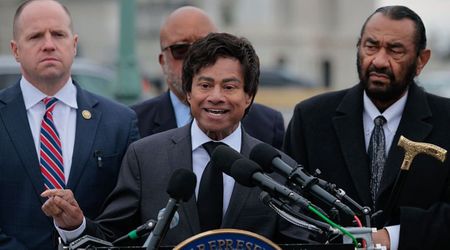5 presidential candidates besides Donald Trump who became party nominee 3 times
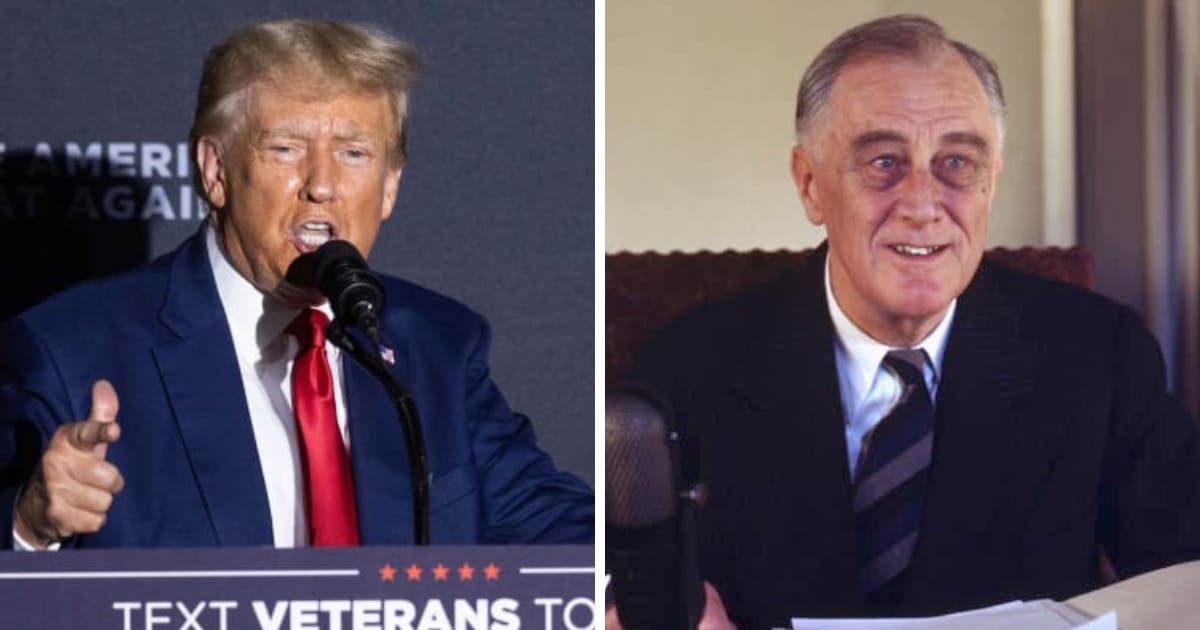
5 major party candidates in US history to secure nomination thrice besides Donald Trump
Former President Donald Trump has clinched the Republican nomination consecutively for a third time. With his decisive victories in GOP caucuses and primaries, he became the party's presumptive nominee to face President Joe Biden for a rematch in the 2024 presidential election in November. Trump's presidential bid in 2016 against Hillary Clinton, and 2020, and 2024 bids against Biden have added him to the list of a handful of people who have been a major party's presidential nominee thrice. Let's look at the five people in the history of the United States who achieved similar feat.
1. Thomas Jefferson

Thomas Jefferson, one of the Founding Fathers of the United States, ran for president in 1796, 1800, and 1804. In the first attempt, he competed to become George Washington's successor. In 1796, the first contested election in US history, his opponent was John Adams, who led the Federalist Party, while the former led the Democratic-Republican Party. According to the electoral system at that time, the candidate with the most votes became the president and the first runner-up became the vice president. Following an intense campaign, Adams won with a 71-68 vote, and Jefferson became his vice president. In 1800, Adams, Jefferson, and former New York Senator Aaron Burr entered the race. But the second US president failed to succeed. Since Burr refused to back down, the House voted in favor of Jefferson, making him the third US President. He ran for re-election in 1804, securing an easy victory over Federalist Charles Pinckney.
2. Grover Cleveland

Grover Cleveland, a Democrat, was nominated for president in 1884, 1888, and 1892. Serving as New York governor, he gained a reputation for honesty and effective leadership, making him the frontrunner in 1884's Democratic nomination. Along with his popularity among middle-class voters, Cleveland had a weak opponent from the Republican side, Maine Senator James Blaine. He entered the White House for the first time with a narrow majority of 1,000 votes in New York that decided the election result. Despite getting an easy renomination in 1888 and winning the popular vote, Cleveland lost the Electoral College, giving away the presidency to Republican opponent Benjamin Harris. In 1892, the Democratic party renominated him for a third time after some opposition for a rematch with Harrison. The unpopularity and criticism against his successor's economic policies helped Cleveland to re-enter the White House, making him the only person to become president in two non-consecutive terms.
3. William Jennings Bryan

William Jennings Bryan, a former Representative from Nebraska, was the Democratic presidential nominee in 1896, 1900, and 1908. At 36, he became the youngest person to clinch the nomination in 1896. Bryan gained attention for his fiery speeches and traveled the entire country as part of his campaign. However, Republican William McKinley won the election by sweeping votes from the Northeast and the Midwestern farmers and industrial workers. He secured an easy renomination four years later in 1900 for a rematch with Mckinley. The sitting president's popularity after the Spanish-American War victory and economic improvements defeated Bryan's second try. After sitting out in 1904, he ran against Republican William Howard Taft in 1908, attacking big businesses. Despite his vigorous campaign, the third attempt ended in the worst failure, per the Library of Congress.
4. Franklin D Roosevelt

Franklin D Roosevelt ran for president under the Democratic ticket four times in 1932, 1936, 1940, and 1944. He was a top choice for the 1932 Democratic nomination and won the election with a landslide against then-president Herbert Hoover, who was unpopular due to the Great Depression. After getting nominated for a second time in 1936, Roosevelt entered the White House with an even larger landslide. He broke the past precedent and sought a third term in the 1940 election, which raised some opposition from the party. John Nance Garner, his vice president from 1933 to 1941, became his Democratic opponent. However, Roosevelt was nominated for a third time and had a decisive victory again. His renomination in 1944 was almost sure in light of the ongoing World War II, and he won for a fourth term, defeating New York Governor Thomas Dewey.
5. Richard Nixon

Richard Nixon secured the Republican presidential nomination in 1960, 1968, and 1972. His role as vice president under Dwight Eisenhower made him a clear choice for the 1960 election to face Democratic opponent, Massachusetts Senator John F Kennedy. Nevertheless, Kennedy's effective campaign and endorsement from Martin Luther King Sr, the father of the Civil Rights leader Martin Luther King Jr, helped him win the presidential election with around 100,000 popular votes. Nixon then secured his second nomination in 1968 to face then-vice president Hubert Humphrey. President Lyndon Johnson's administration at the time was rather unpopular due to the Vietnam War, as per the Miller Center. Nixon won the election with a smaller majority. Securing the GOP nomination for a third time in 1972, he faced Democratic South Dakota Senator George McGovern, winning by a landslide.

